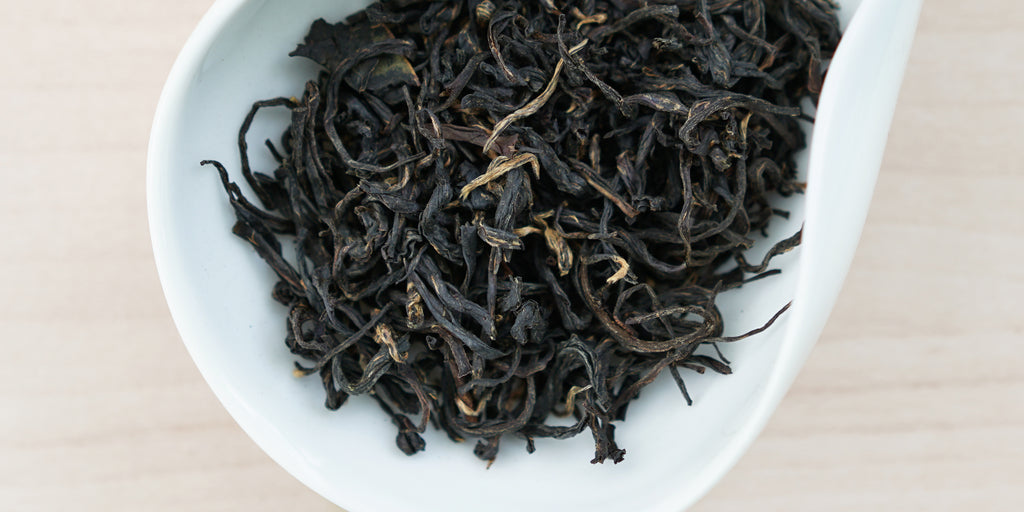Your cart is currently empty!
Xin Gong Yi (New Craft)
$6.00
Xin Gong Yi (New Craft)
$6.00
-
漢字 新工藝白茶
origin Fuding County, Fujian
craft twisted
flavor notes raisin, dried apricot, floral
漢字 新工藝白茶
origin Fuding County, Fujian
craft twisted
flavor notes raisin, dried apricot, floral
Xin Gong Yi is sold out. As a replacement, we recommend Golden Monkey, First Pick or Mi Lan Xiang (Honey Orchid).
Our Xin Gong Yi white tea was harvested early April from Fuding County, Fujian Province. The hand-picked leaves consist of a bud and single leaf combination. The buds contribute florals and texture to the tea, while the leaves give it complexity.
Xin Gong Yi means "new craft". What distinguishes it from traditional white tea crafting techniques is the higher degree of enzymatic oxidation Xin Gong Yi leaves undergo. Traditional white teas are only oxidized to 5%, whereas new craft takes oxidation above 30%. The resulting leaves take on a beautiful mottle of green and autumnal reds and oranges, and the brewed liquor is decidedly more golden than the muted beige of traditional white tea.
The higher oxidation also creates bioflavonoids and aromatic compounds. The nose is reminiscent of rose water, raisins, and dried apricots. The taste is sweet without being cloying, and distinct without sacrificing roundness. The combination of flavors is remarkably similar to an early flush of Darjeeling. This tea is one of the best examples of new tea craftsmanship that we have come across in recent years.
-




1g per 1oz at 180°F for 2m This brewing method is a good starting point, since water at 180°F is warm enough to extract satisfying flavor, while still being cool enough to limit bitterness or astringency. To change the strength of your brew, try adjusting the amount of tea leaves you use instead of changing the water temperature.
Learn the fundamentals of tea brewing and master your technique here.





































